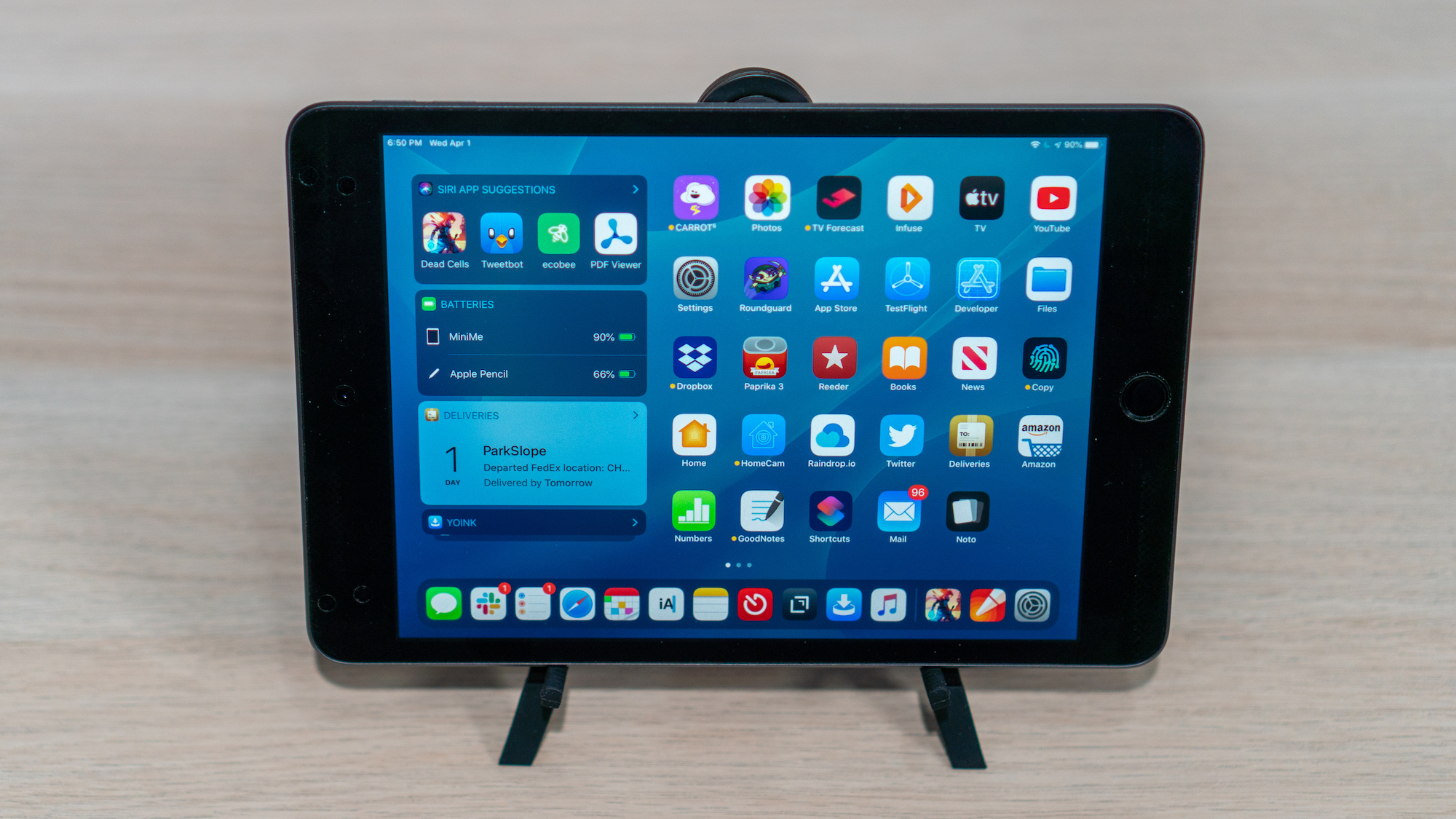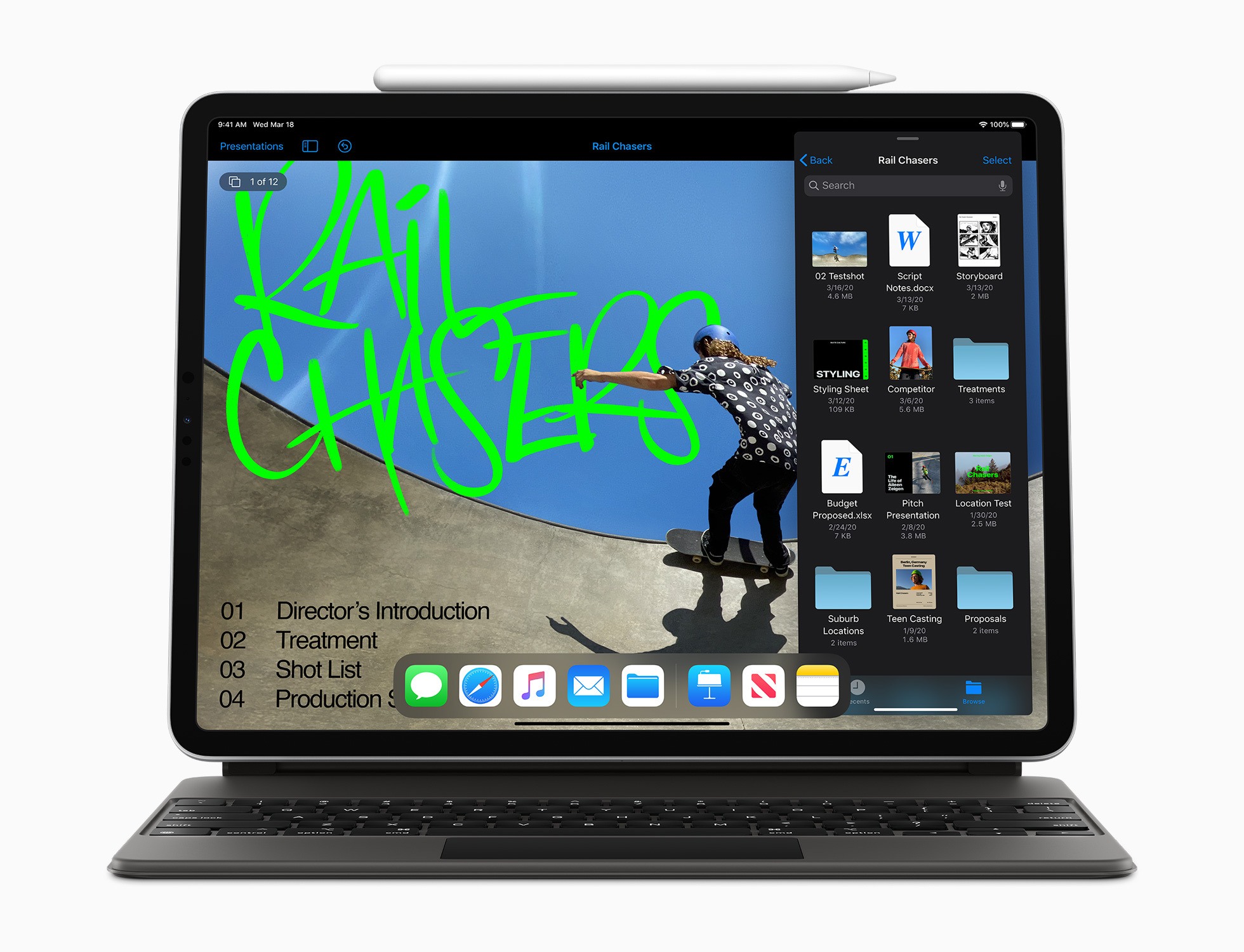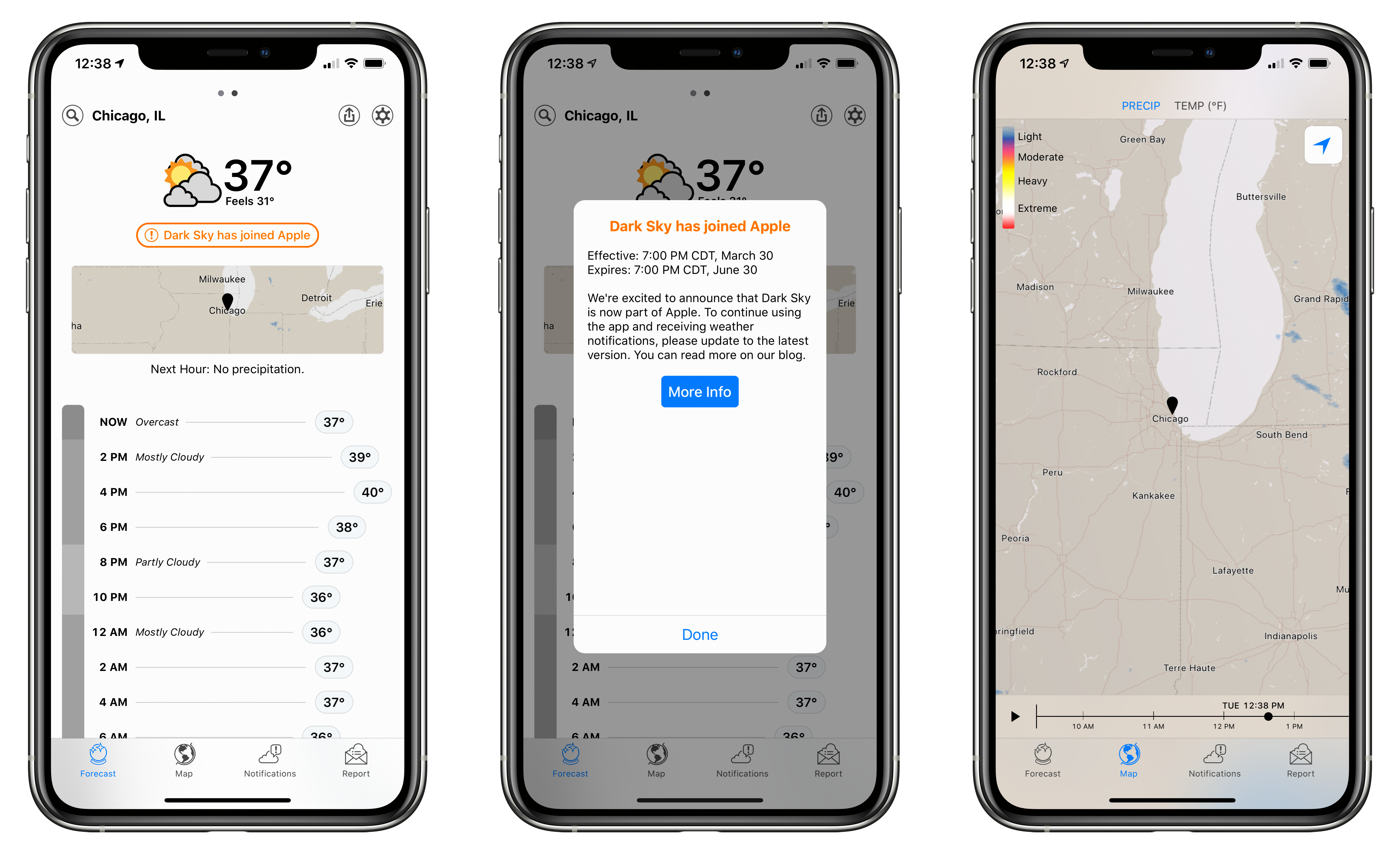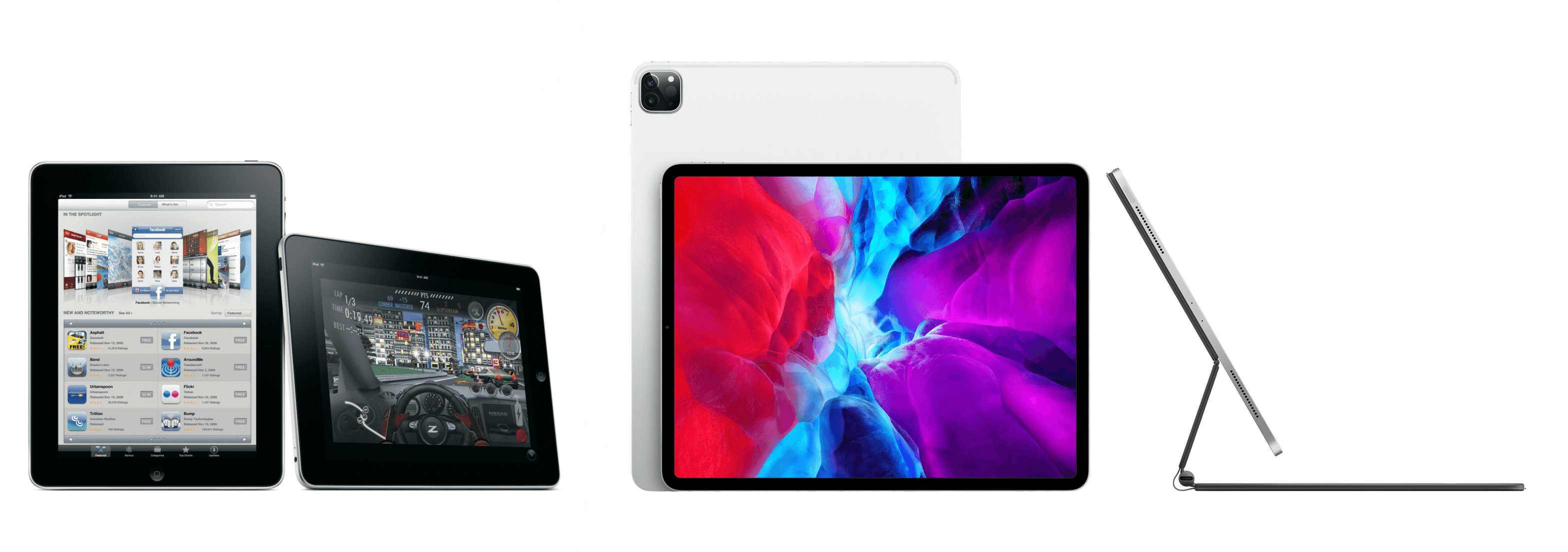Yesterday, as reported by 9to5Mac and other publications, Amazon updated its Prime Video app to permit video purchases and rentals without using Apple’s In-App Purchase system in some circumstances. It wasn’t clear what was going on at first because some users saw what looked like an Amazon checkout process, while others got an Apple checkout flow. To add to the confusion, Apple issued a statement that said Amazon Prime is using “an established program for premium subscription video entertainment providers.”
John Gruber did some investigating and has an excellent explanation on Daring Fireball on how the deal between Amazon and Apple seems to work. As Gruber explains, If you’re signed in to the Amazon Prime app with an Amazon account and are a full Prime or Prime Video member, renting or purchasing video uses an Amazon checkout process. Otherwise, Apple’s In-App Purchase system is used, which interestingly, can also be used to sign up for a Prime Video subscription.
Gruber makes a compelling and detailed case for what seems to be going on:
So the deal seems to be this:
- The Prime Video app supports every feature that makes a third-party subscription video service a first-class citizen in Apple’s multi-device TV ecosystem.
- For users with existing Prime subscriptions, or new subscriptions made on Amazon’s website, Amazon now gets to bill them directly for movie rentals and purchases made in the app, giving Apple no cut of the transactions.
- Users can subscribe to Prime Video in-app using an iTunes subscription, giving Apple a recurring cut, and leaving subscription management in Apple’s hands.
- For users without a Prime subscription, or with a Prime subscription made through the app, Amazon now bills them for purchases and rentals through Apple’s In-App Purchase mechanism, giving Apple a cut.
Based on a few reasonable assumptions, Gruber concludes that the deal is a win for Apple, Amazon, and also consumers who get a first-rate app experience that includes the ability to buy and rent TV shows and movies in the Prime Video app for the first time.
I hope we see more deals like this. Having Prime Video available in Apple’s TV app where it’s included in the Up Next section of the app and being able to rent and buy content without resorting to a web browser makes for a much better overall experience for users looking for something to watch.













